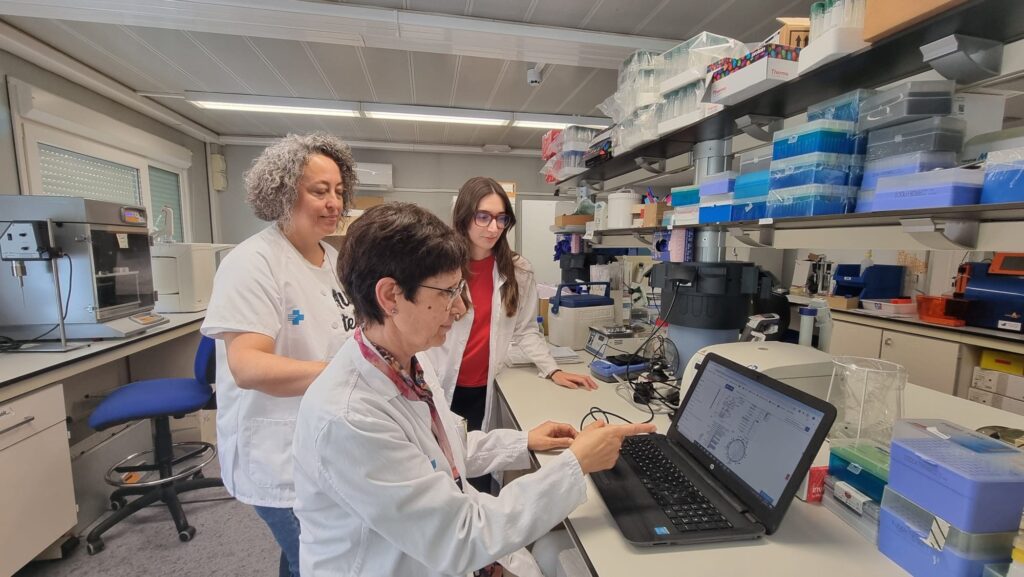The study includes a series of analyses of 483 liver samples and 169 serum and plasma samples

A study addresses the search for new non-invasive biomarkers to detect and monitor advanced-stage fatty liver disease, also known as MASH (metabolic dysfunction-associated steatohepatitis), one of the most concerning forms of metabolic dysfunction-associated liver disease. The study, titled Uncovering hepatic transcriptomic and circulating proteomic signatures in MASH: A meta-analysis and machine learning-based biomarker discovery, was led by the Study Group on Metabolic Diseases Associated with Insulin-Resistance (GEMMAIR, for its acronyms in catalan), under the direction of the Universitat Rovira i Virgili (URV), with the participation of the Institut d’Investigació Sanitària Pere Virgili (IISPV), and Teresa Auguet, Head of the Internal Medicine Service at the Hospital Universitari Joan XXIII and Associate Professor at URV. Published recently in Computers in Biology and Medicine, this project represents a step forward for precision medicine applied to metabolic liver diseases. By analyzing liver-specific data and circulating samples, researchers have identified distinctive features that can differentiate patients with MASH. In its severe stages, MASH can progress to more serious complications such as liver cirrhosis. Moreover, studies on liver samples may help identify potential therapeutic targets.
It should be noted that patients can suffer from fatty liver disease without being aware of it, since the symptoms at an early stage are minor or non-existent. For this reason, the research group with the study emphasizes the importance of improved detection.
Regarding the method employed in the work, a series of data was systematically reviewed and seven studies were retrieved, reaching 483 liver samples and 169 serum and plasma samples, respectively. In addition, the development of the project was managed through a machine learning model, which allows the identification of disease-specific biomarkers, using biologically significant protein ratios.
Potential tool for diagnosis This Machine Learning model has become a potential tool for the diagnosis of MASH stage disease. Further refinement and validation is still needed with larger samples to generalize these results. This approach may have a great impact on the clinical approach to MASH, thus benefiting a more careful stratification of the total number of patients seen, avoiding liver biopsies. It may even facilitate a personalized treatment approach, since the study of liver samples can help to identify possible therapeutic targets. With the project, the research group wants to pave the way for further research with more extensive data.
Bibliographic reference: Elena Cristina Rusu, Helena Clavero-Mestres, Mario Sánchez-Álvarez, Marina Veciana-Molins, Laia Bertran, Pablo Monfort-Lanzas, Carmen Aguilar, Javier Camaron, Teresa Auguet. Uncovering hepatic transcriptomic and circulating proteomic signatures in MASH: A meta-analysis and machine learning-based biomarker discovery, Computers in Biology and Medicine. DOI: https://doi.org/10.1016/j.compbiomed.2025.110170.